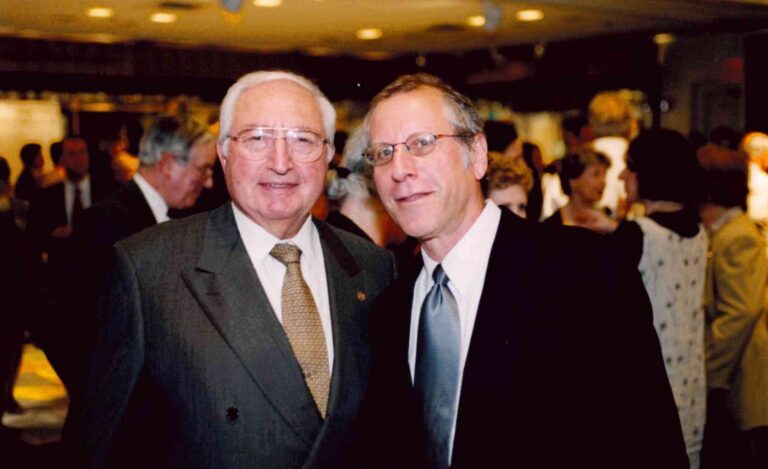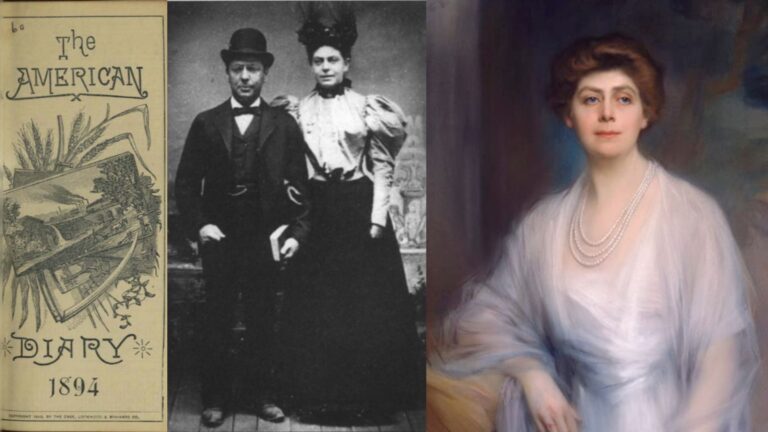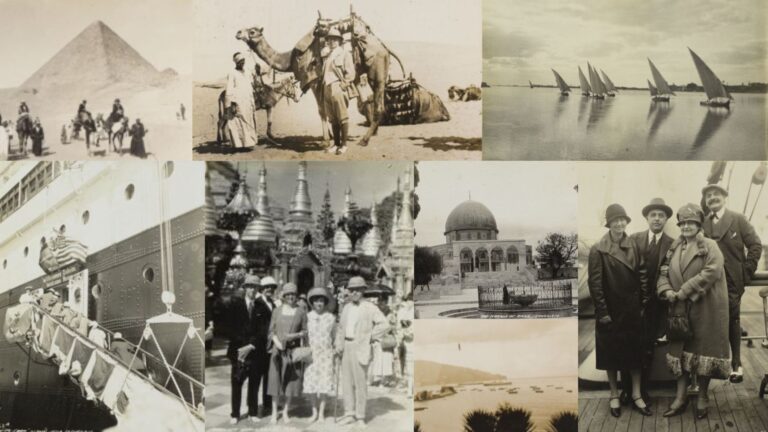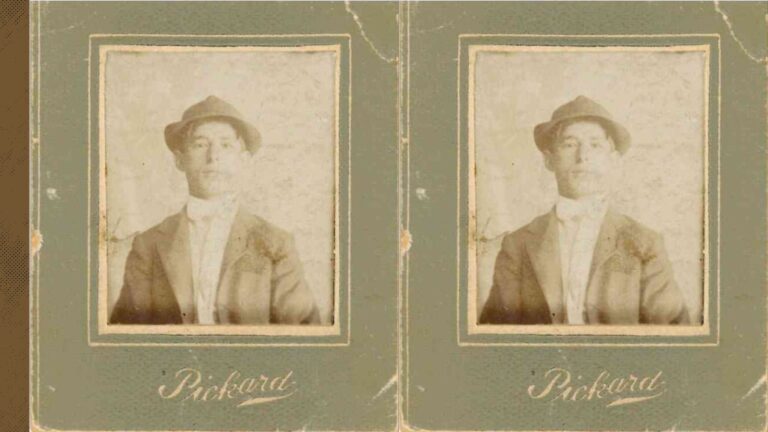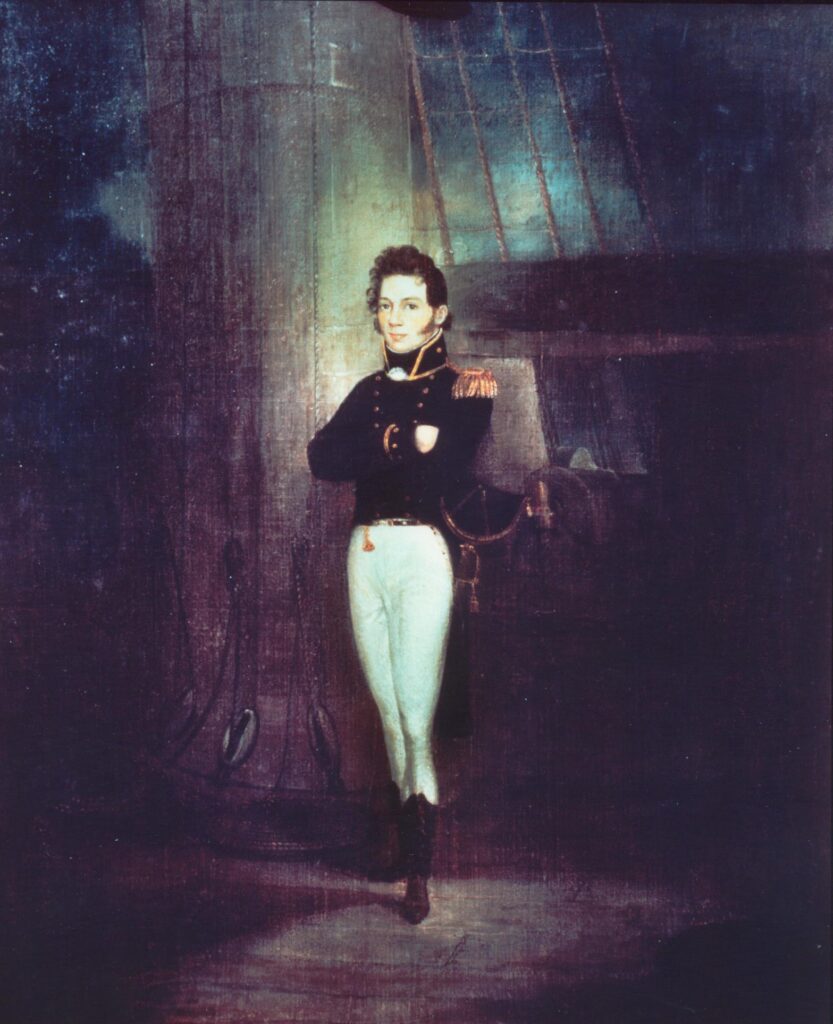
Aaron Lopez. Mordecai Sheftall. Jonas Phillips. Uriah Phillips Levy. Jonas Phillips Levy. What do they have in common? Besides their Judaism, they all had seafaring adventures between the founding of America and the American Civil War. Lopez was a merchant sailor in Newport, RI. Sheftall was a founder of Georgia and dabbled in privateering with the Hetty. Uriah is a legend in United States Naval history as the first Jew to reach the rank of Commander in the U.S. Navy and his efforts in banning naval flogging. Jonas Levy tried his hand at various shipping and trading ventures, both North and South of the United States, as well as in Mexico. Uriah and Jonas also have the distinct honor of owning and being a part of President Thomas Jefferson’s estate, Monticello. Without the Levy family, particularly Uriah’s purchase of the estate and Jonas’ son, Congressman Jefferson Monroe Levy’s efforts to maintain it, Monticello may not be as intact as it stands today.
The American Jewish Historical Society also holds naval records for those who are not as well-known, including personnel data from every war in which the U.S. participated, whether at home or abroad. Some have regained recognition, such as Admiral Lewis L. Strauss, who Robert Downey Jr. recently portrayed in the film “Oppenheimer.”
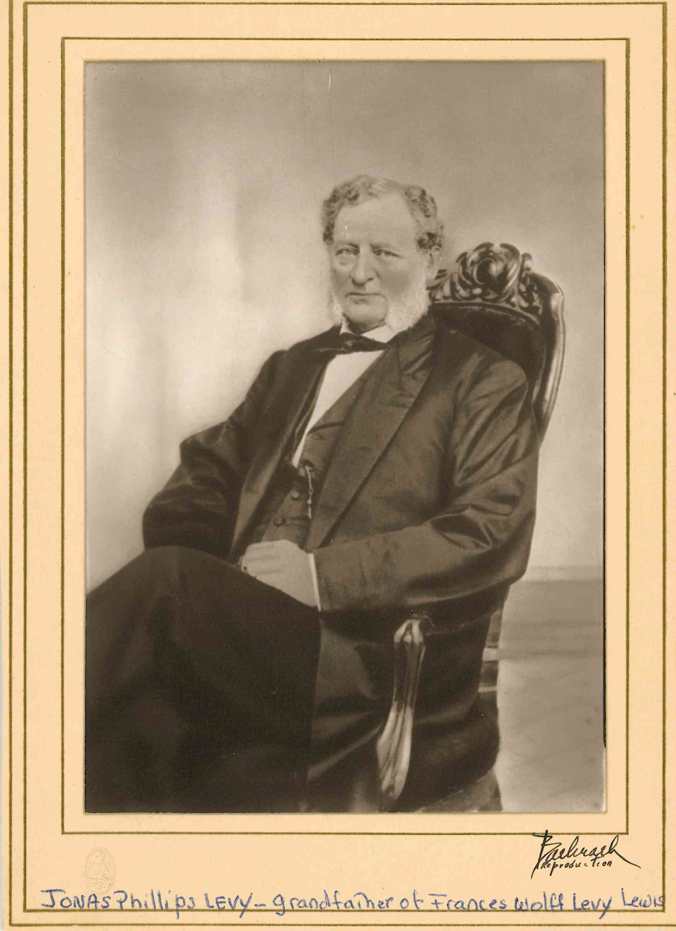
It is the Levy’s—more so Uriah than Jonas–who capture the imagination of a nascent U.S. Navy and the burgeoning trade power of the States. They both ignite ideas of the high seas, the ending of flogging, the rise of pirates and privateers, dangerous trade, rebellion, mutiny, slavery, and war profiteering. Uriah and Jonas both went to sea as young boys but so did their little-known brothers, Louis, Benjamin, and Morton. Louis died in a naval “rebellion” in Cuba, Morton died on the USS Raritan in 1848, and Benjamin’s death is unaccounted for but also assumed to have been at sea. It appears that a fair amount of luck contributed to Uriah and Jonas’ surviving careers at sea, both of which involved rising through military and merchant ranks and amassing property and plans along the way. Their ancestors and descendants make up what Stephen Birmingham proclaimed to be “Our Crowd,” along with the Loebs, Lehmans, Seligmans, Schiffs, and Guggenheims.
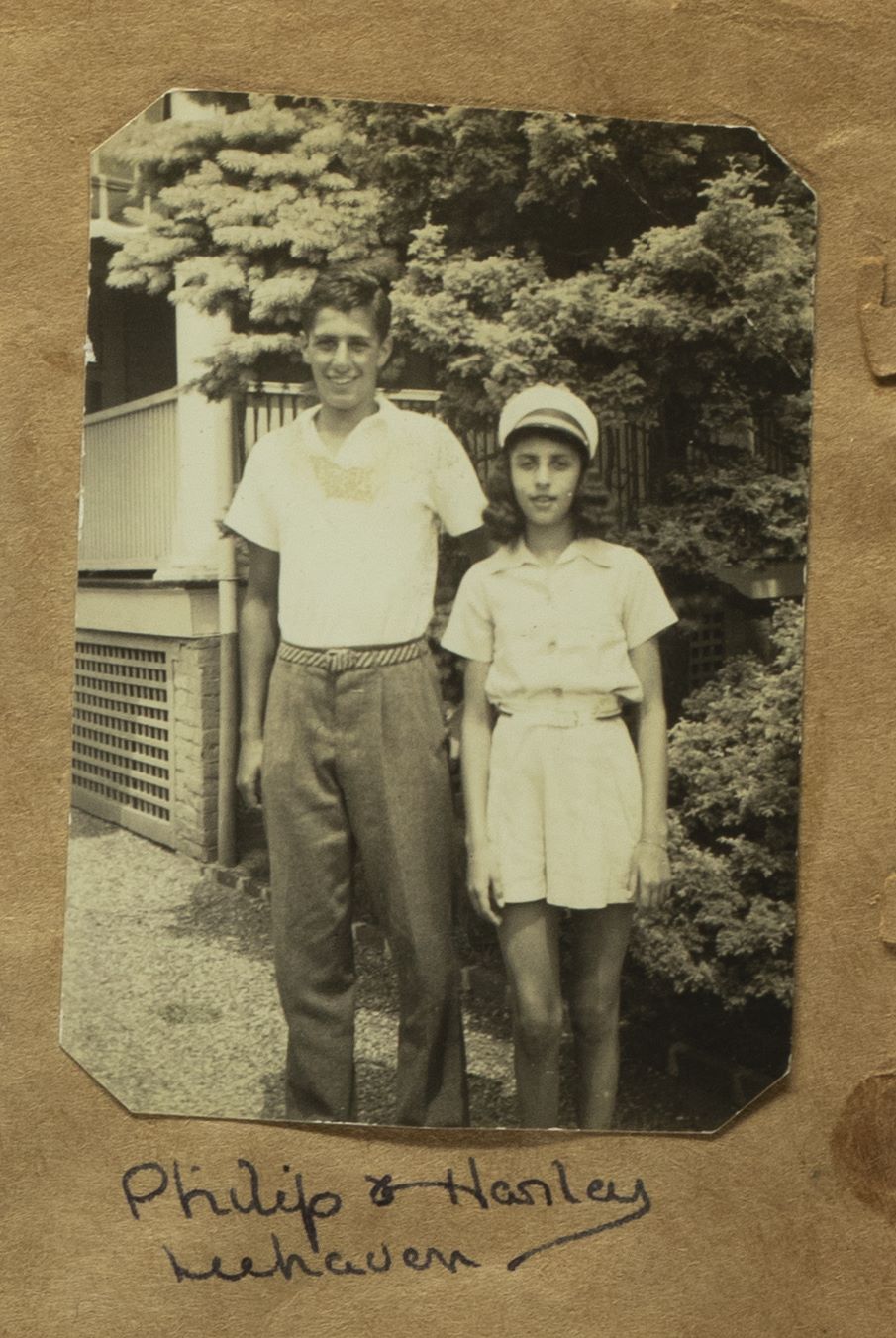
Another generation of Levy descendants, the Lewis’s, were pillars of their community (but largely remained out of the public eye, unlike their 18th to 20th-century relatives). The Lewis family also include the daughter and granddaughter of Jonas Phillips Levy, Frances Wolff Levy Lewis, and Harley Alma Lewis. Frances Wolff Levy Lewis kept records of their family’s involvement at Monticello, and Harley documented her life in Elberon, NJ, primarily during World War II.
In a way, Frances and Harley continued their lives as “Jews by the Sea,” living off the Atlantic Ocean in Elberon, NJ. The town was a Jewish enclave of affluent families, far from the city’s bustle, yet just a car and train ride away from Manhattan’s Penn Station. The Lewis’s estate was named Leehaven. Harley spent her childhood there, and her memoirs recount her life during World War II, including blackouts, the arrival of newly displaced refugees, and long, enjoyable summers interspersed with cold, harsh winters. Harley was often left on her own with a cadre of family pets, as her dad conducted business in Manhattan, and her mom would sneak off to the city in his absence.
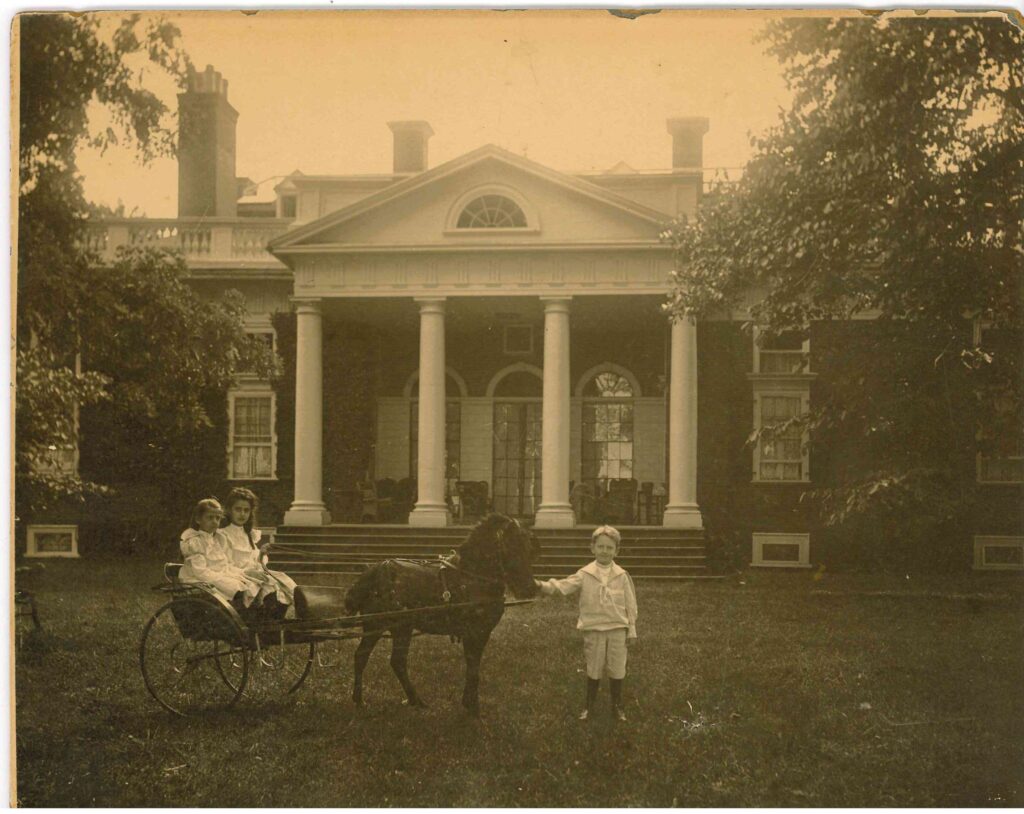
The Lewis/Levy collection is divided into subgroups. The first subgroup focuses on research and historical materials relating to Uriah, Jonas, Monticello, and materials donated to or exhibited at historical museums and libraries regarding Uriah and Monticello. The second subgroup of papers are family-related materials connected to the Lewises, including the Levy, Hendricks, Goldstone, Tobias, and Wolff families. This subgroup consists of family correspondence, news clippings, and photographs. To read more about this collection view the Lewis and Levy Family Papers P-1060.


